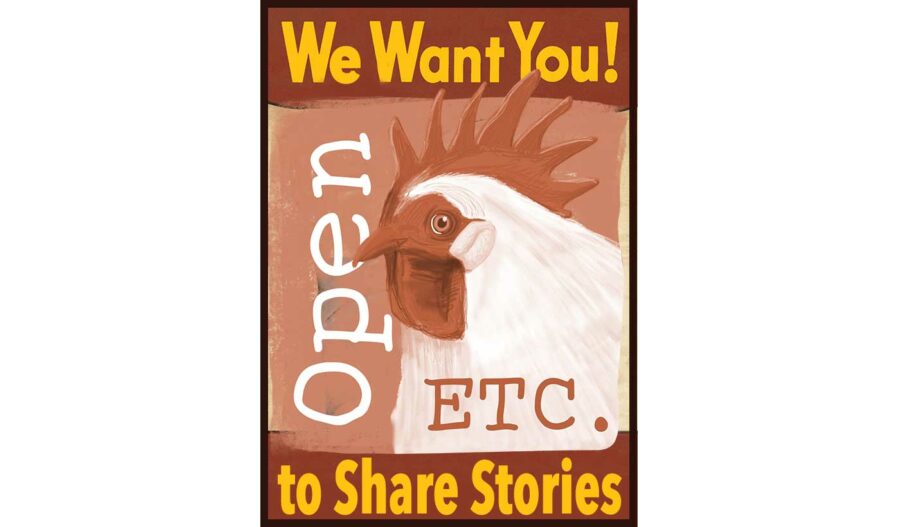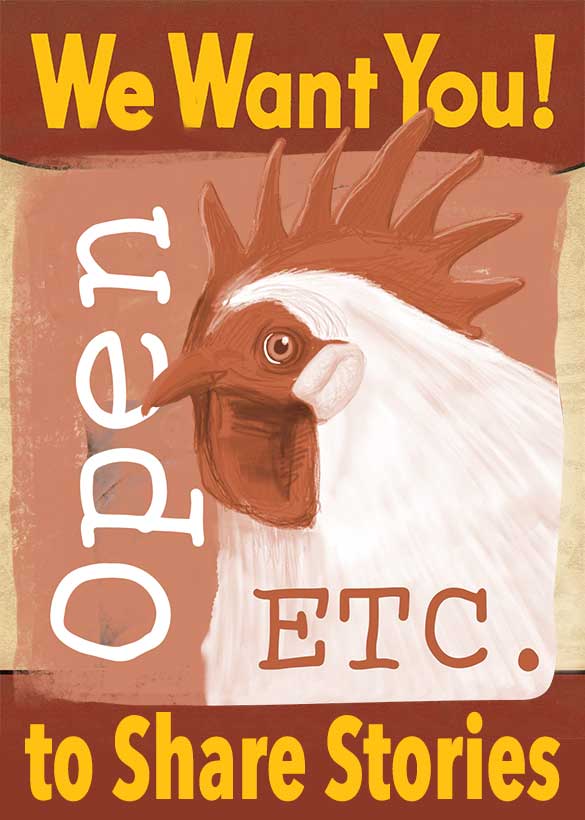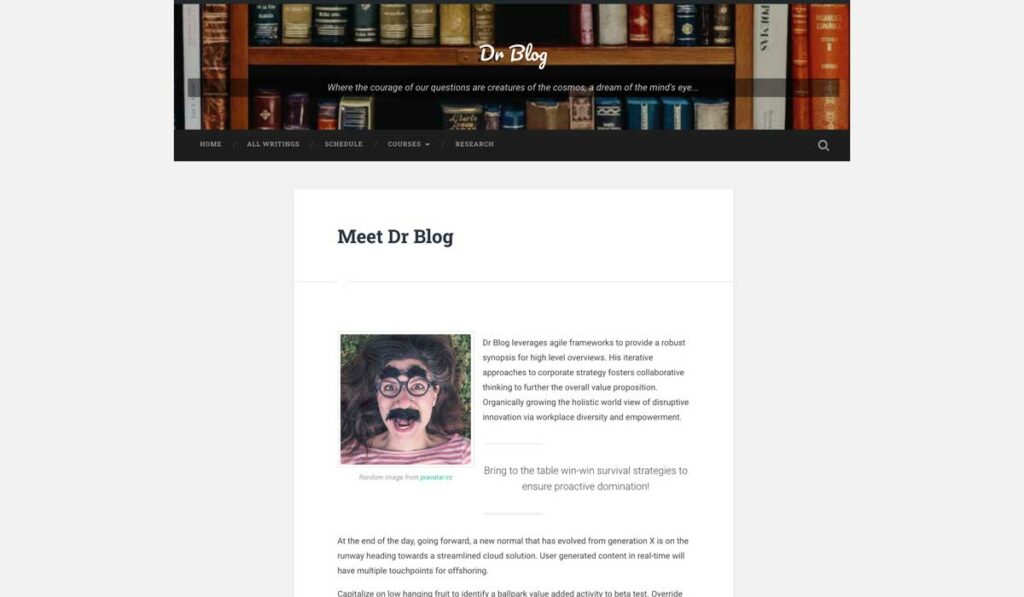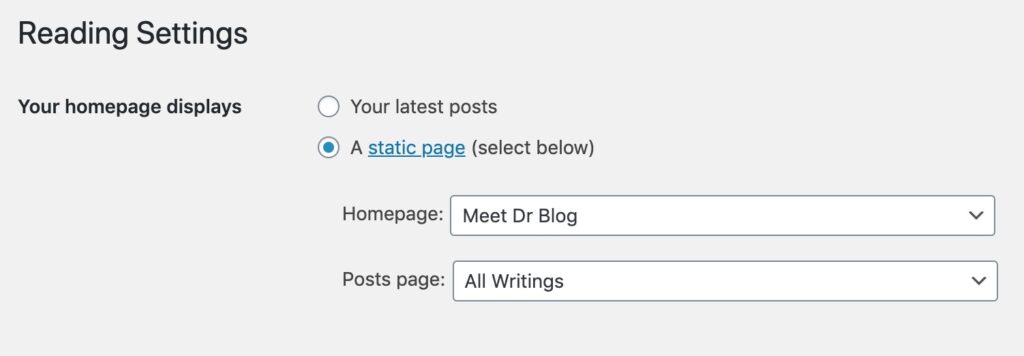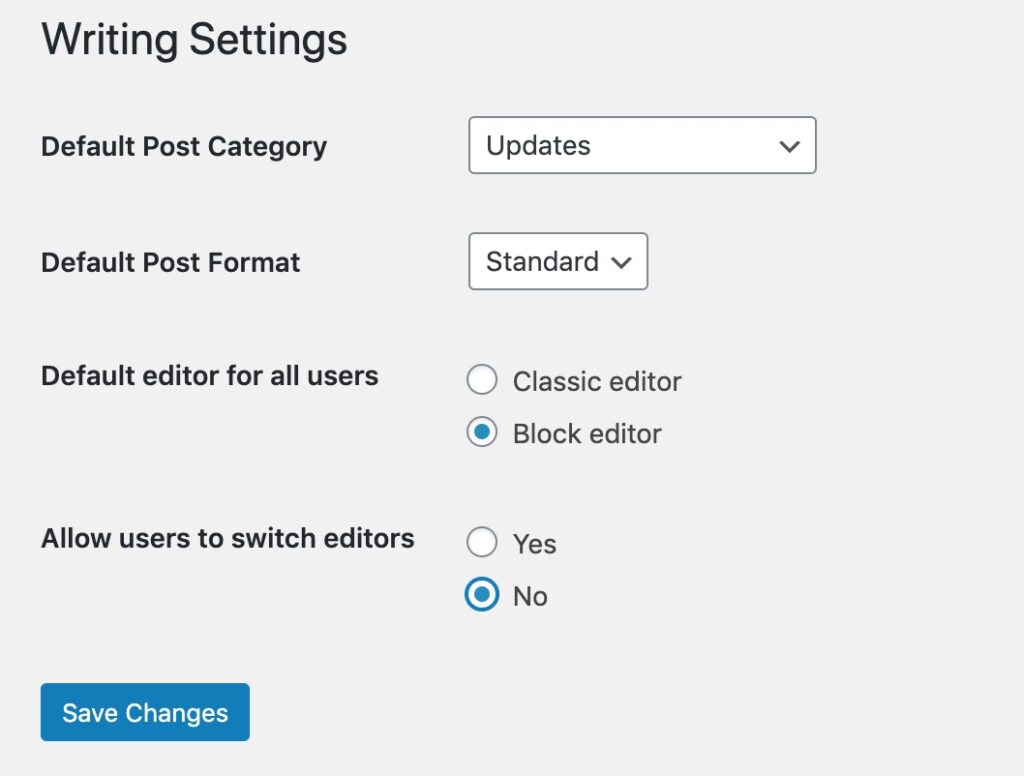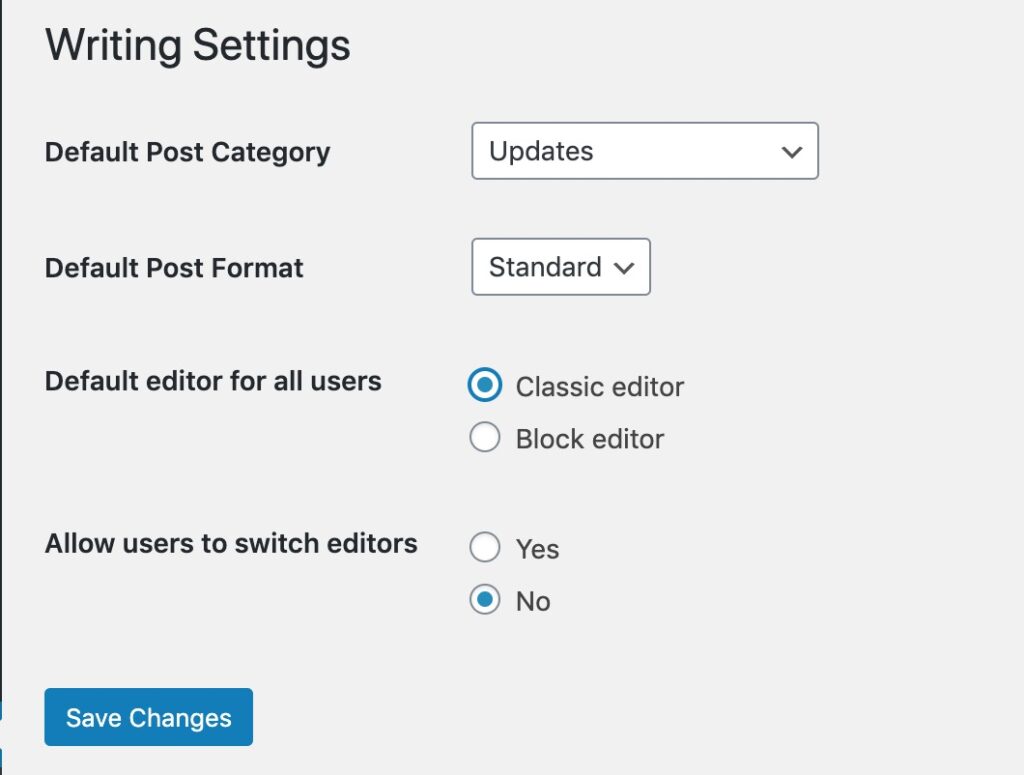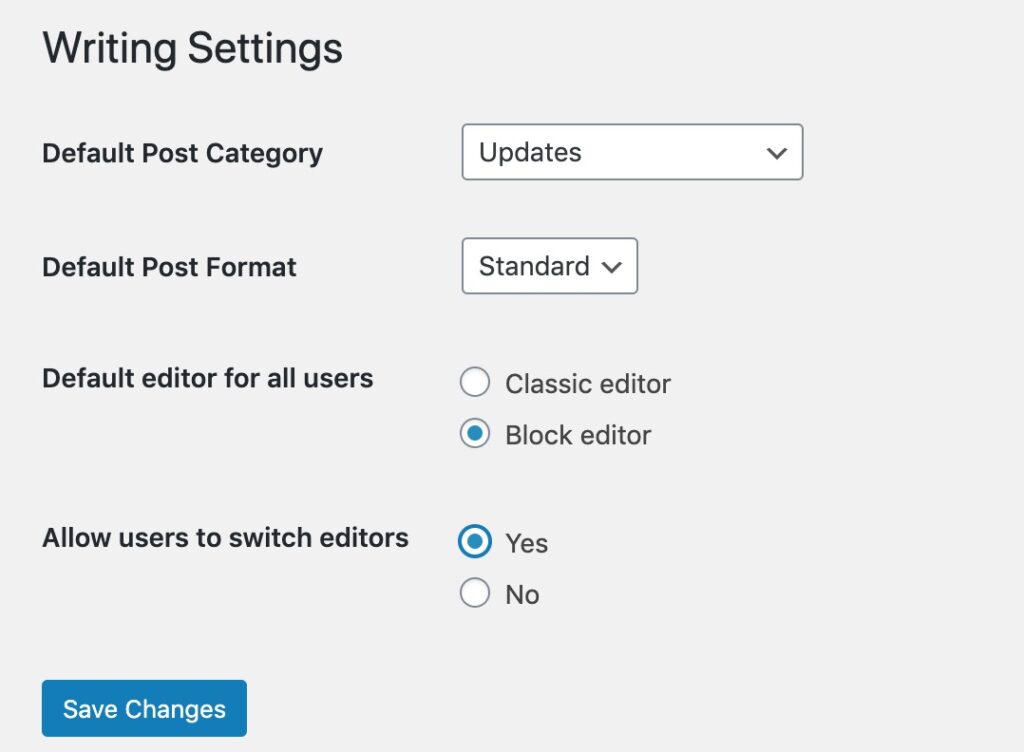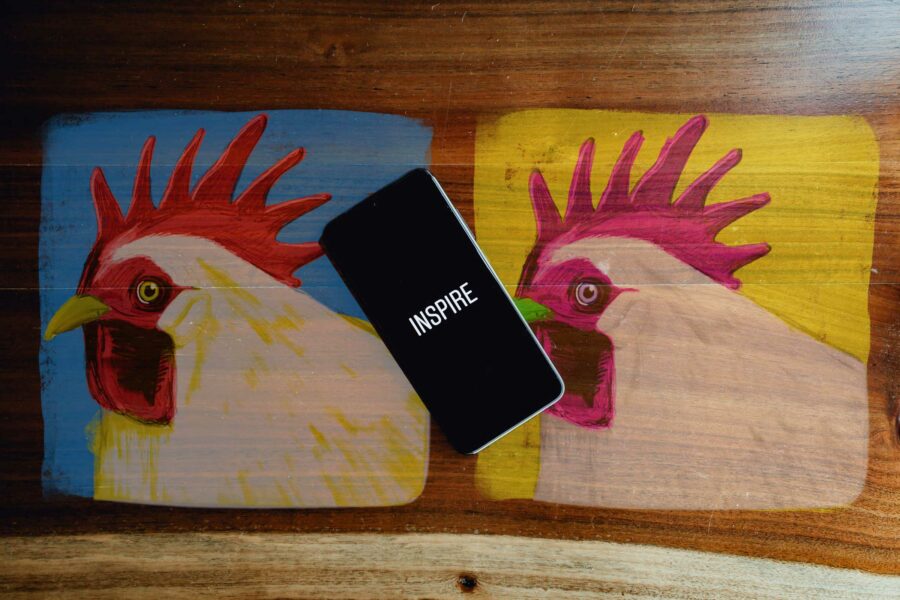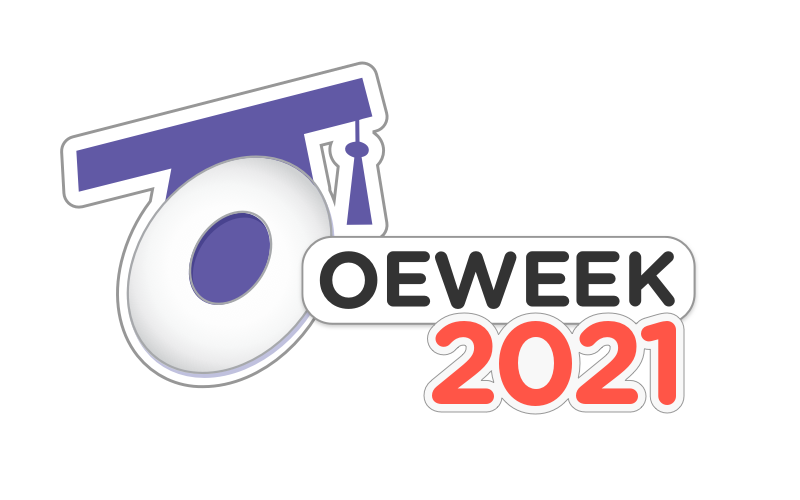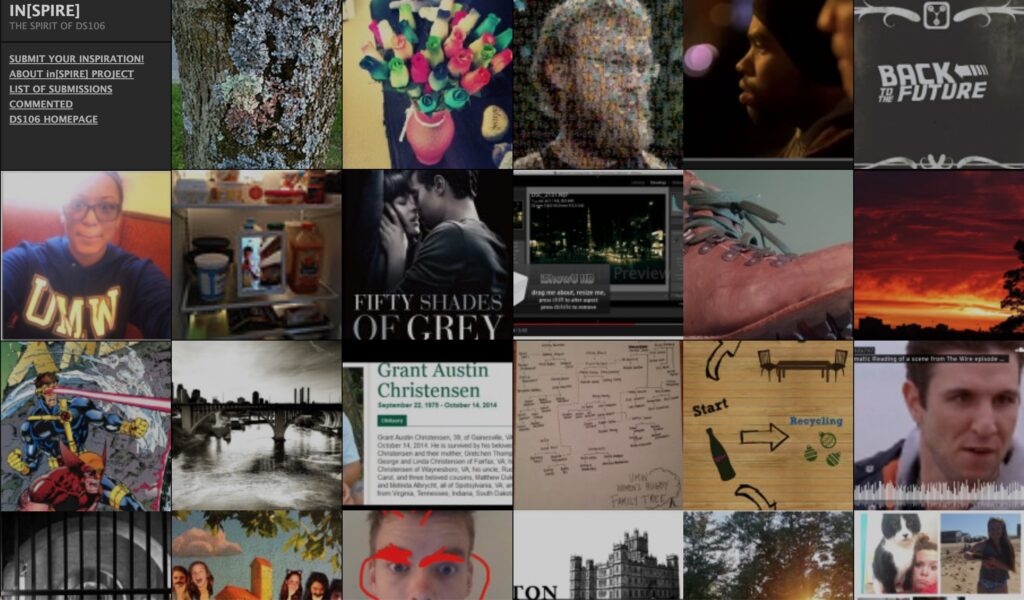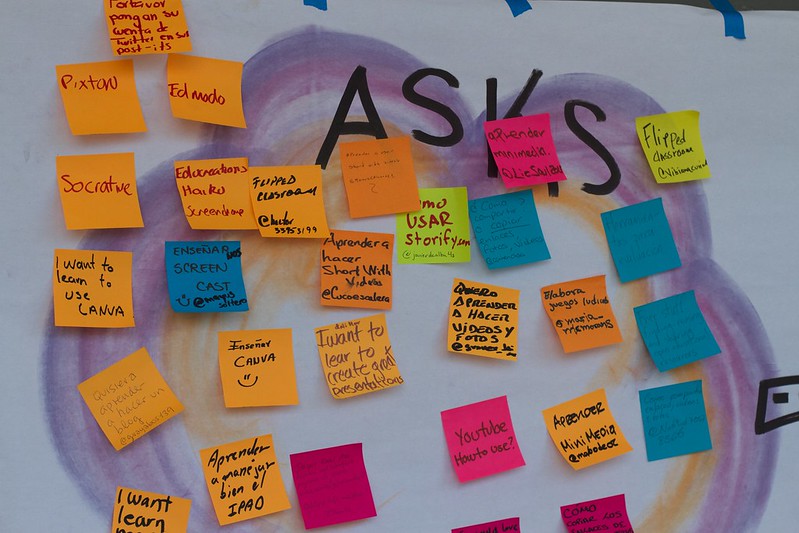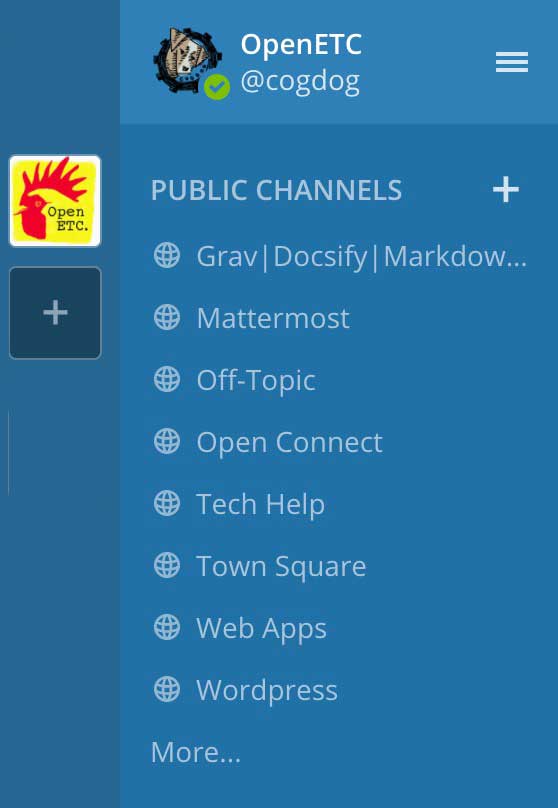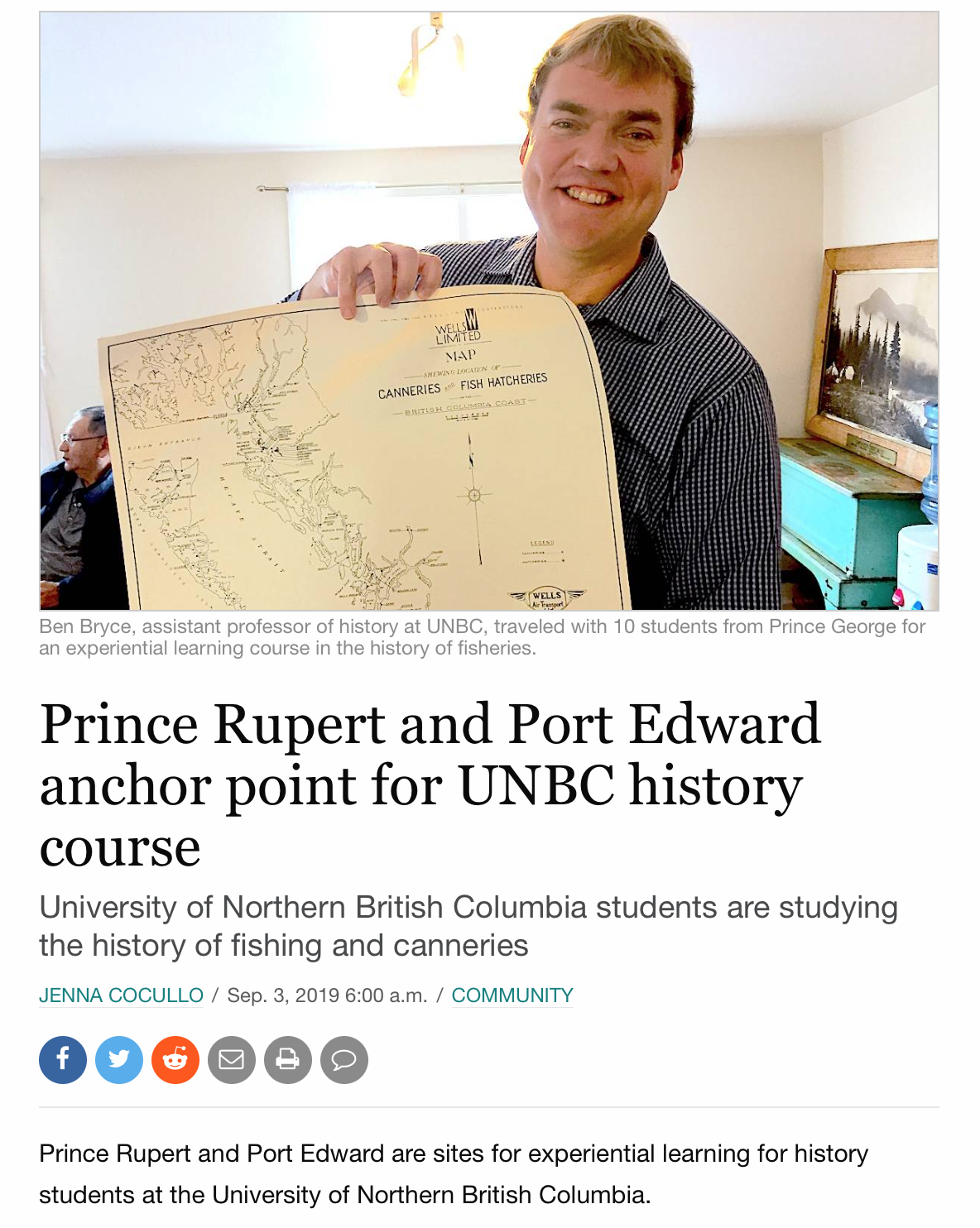I am ungraciously late in responding to the Welcome to the OpenETC post written a month ago by Tannis Morgan, but as we know, Pandemic Time is warped. Thanks for the warm welcome to my role here as OpenETC Community Coordinator.
In blogging, I never start until I have a title and image in mind, this is a riff on the default post in most WordPress installations, itself a nod to an old tradition in computer programming.
I’m not writing here to talk much about myself, Tannis said a lot, and Google has the rest, but I will toss my calling card site with maybe the most ideal domain name (that’s a long story) at http://cog.dog – that is a WordPress site used in a non-blog post format, and I hope to relay more that there are many many more ways to use WordPress than a series of reverse chronologically ordered posts.
I have had long running collaborations with BC educators, in fact that was my first experience as a young, green instructional technologist maybe in 1996 when I was invited with a colleague to do a workshop at Douglas College and two laters got an invite back for the provincial organization that was the predecessor to BCcampus.
All of this just says I am old.
I was fortunate to have spend 5 months as an Open Learning Fellow at Thompson Rivers University, thanks to folks like Brian Lamb and Irwin Devries who made that possible. That was the egg laying for these SPLOT things you may hear me yammer about.
But being colleagues with Brian and Gran Potter and Tannis got me a backdoor into the OpenETC and access to these platforms. I should say this is a fantastic opportunity for any teacher or student in BC to have access to these platforms, free from the commercial ties that you sell some of your soul to use similar hosted platforms.
When Tannis approached me with an offer to take on this role, it took nanoseconds to say yes. In our initial conversation I had an insight, that mat or may not be meaningful to you (whomever you are reading this). The WordPress service offered here is technically no different from the “free” service at WordPress.com, and the functionality of Mattermost is similar to what you can get at Slack.com.
But this was a difference that popped into my head. At these free commercial sites, you actually have no awareness or even think about who your “neighbors” are on the shared service. But at the OpenETC, even if you never give it a thought, you might take into account the other few thousand WordPress sites here are all people interested in education, learning, art. Even if you do not interact, there is an affinity amongst people who use OpenETC services.
One of the reasons I did not leap out of the gate is that when I teach media, like audio/video/image editing, before they start creating media, I want my students to spend time reading/listening to a range of examples so they can get a sense of what is possible.
Similarly, on becoming this “OpenETC Community Coordinator” I’ve been rummaging around the blogs, the Mattermost Spaces, the Web Apps, just wandering and taking in the place.
I do have ideas of some things to start/introduce here, but I take my lead from what folks here want and need. A big part of my work is going to be championing the idea here of “Contributions Not Contracts.” This means spreading the spirit that there are small things everyone here can do to contribute, not in cash or technical magic, but ones that can help other.
This quasi-planned startegy means encouraging more participating in, asking/answering questions, sharing ideas in the Mattermost space. This is the best place to ask for help. I regularly here directly from people who ask a question but do not want to ask in public “so I will not sound stupid.”
Here is some truth I learned long ago. If you have a question, I bet there are 10,100 times as many people with the same question, all of them not asking because of this fear.
So I will be publically “stupid” often just to break the ice 😉
Mattermost is great for help when you need it, but the answers float quickly away downstream. So we have some thoughts about the ways OpenETC members can contribute by helping curate those useful tips, and ideas. And we are also going to open up some new ways to shine light on the excellent work we see happening here.
I was going to build a new WordPress site for sharing the “OpenETC Community Coordinator” coordinating, but it makes the most sense to do it right here. We will share these newsy and blabby posts around, and soon will add a signup form to get updates.
You see, I rather like blogging, and while many have giving it, I see it as more vital and important now than ever to be publically writing. When I teach, it’s always part of my approach to have students reflect (openly or privately, it’s the writing that matters).
Okay, what’s next? I have that one ready– shortly I am going to reveal a first low barrier way to contribute something valuable here.
You should also know that I firmly believe that all of this edtech work should have a sense of fun, joy, and often whimsy to it. There’s enough seriousness happening around us, and while we should not ignore it, we should also not let it steal away from our humanness to be joyful creatures.
So reply here with comments, ring me in mattermost or in twitter or send me a postcard in the mail. I want to know more about what everybody is interested in, what you want to do with these platforms (heck also what they cannot do).
One more caveat. My position here is funded by BCcampus (if there is any value in this, please thank them, if not tell them to kick me to the curb). But it’s only for 1 day a week or my time, so I am split in many projects.
And I am the only one here getting a paycheck. All of the people who keep the lights on here- the leadership group of Tannis Morgan, Grant Potter, Clint Lalonde, Brian Lamb, Anne-Marie Scott are all doing this volunteer basis. And do not forget that Troy Welch, who fixes the leaky server and tends to all the updates and bugs, is also a volunteer. They are a great group to be roosting around here in the Co-op Coop with.
Stay tuned here for more stuff.

